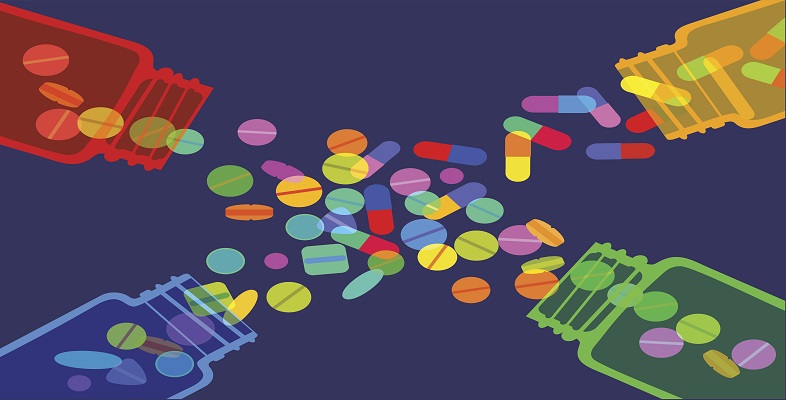6 Summary
This week you learned about some alternatives to antibiotics. You should now be able to identify some antibiotic alternatives and understand some of the science underlying how they work.
You have now reached the end of this course. You should have a better understanding of:
- how antibiotics treat infections
- how bacteria become resistant to antibiotics
- how our use of antibiotics has influenced resistance to them
- the approaches that are being used to tackle resistance.
Finally, you might like to reflect on what you have learned by completing the antibiotic quiz which you first did in Week 1.
Activity 9 Has your opinion changed?
In Activity 9 in Week 1, you used the four questions below to help you form your own opinion on antibiotic resistance. Now answer these questions again and compare your answers with those in Week 1. Has what you have learned in this course changed your opinion?
(a) On a scale of 1 (low) to 10 (high), how serious a problem is antibiotic resistance?
(b) What, if anything, can be done about antibiotic resistance?
(c) Whose responsibility is it to address this problem? You might like to think about:
- whether individuals should take some responsibility or whether it is up to the medical profession, governments, etc.
- the extent to which different countries and regions should work together to address this problem.
(d) How urgent a problem is it? How soon should action(s) be taken?
